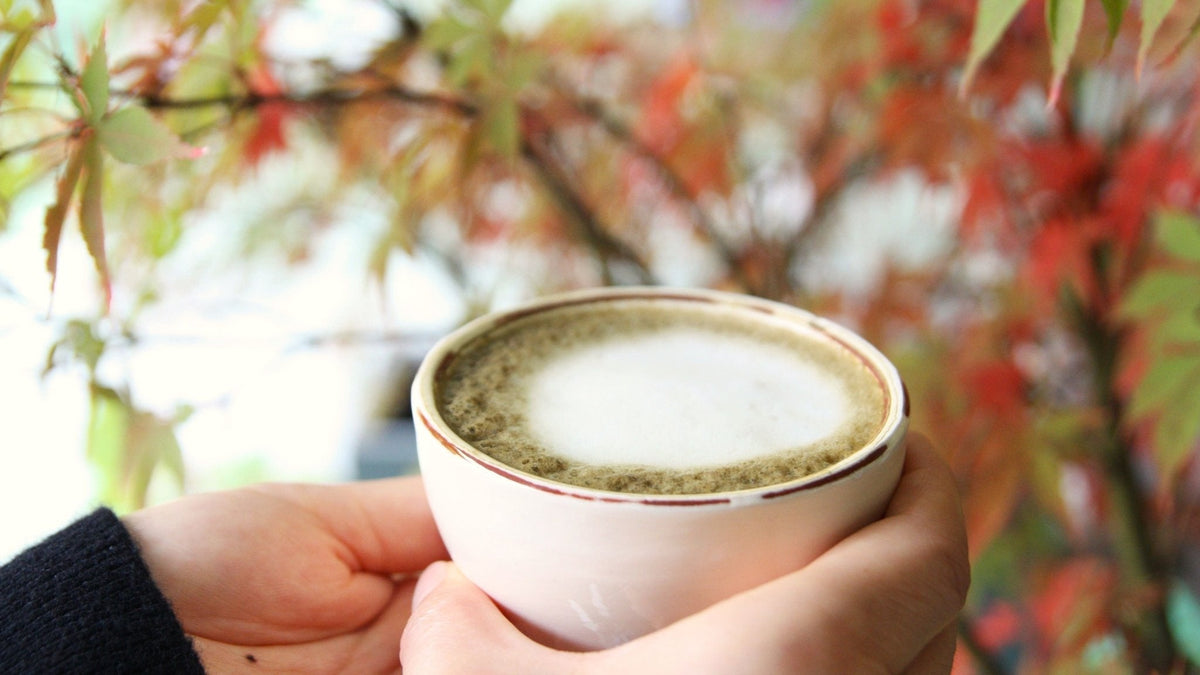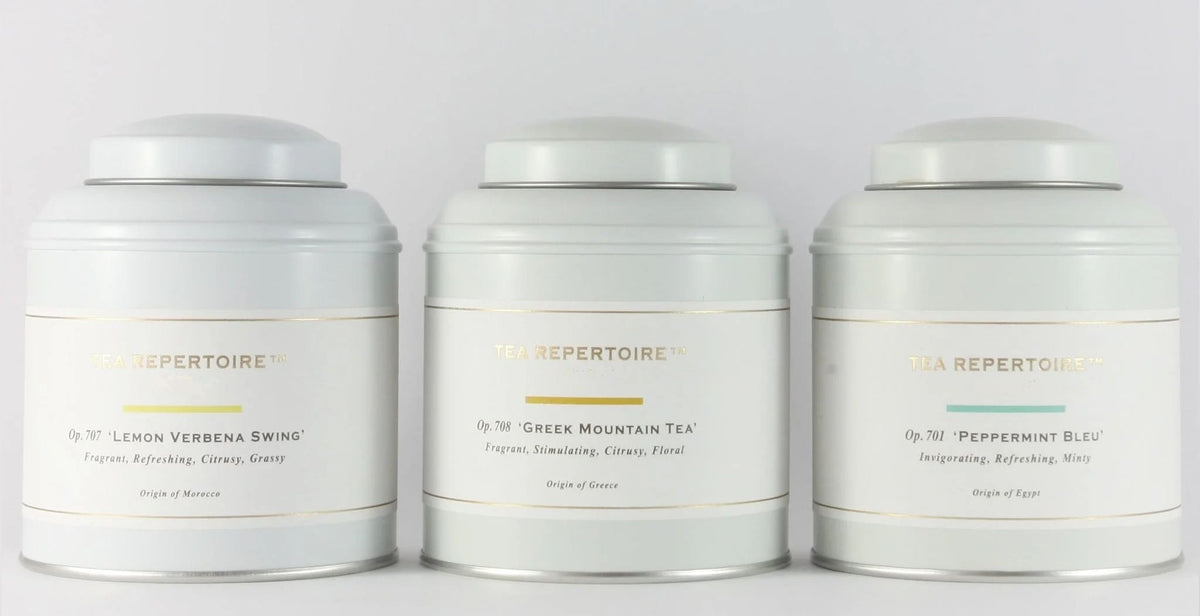Gi Jin Song
Gi Jin Song is a revered South Korean ceramic artist, who is reputed for his mastery of the “Boseong Deombeongyi” technique. “Boseong Deombeongyi” refers to a highly unique style of pottery which has been developed between 1470 - 1500 by Korean potters during the early Joseon Dynasty, the last kingdom of Korea.
SHOP GI JIN SONG KOREAN CERAMIST >>.
Although "Boseong Deombeongyi" may well look like "Joseon Baekja", a style of Korean white porcelain, it technically belongs to "Buncheong ware", a more practical and unassuming Korean pottery style which has been developed from the earlier "Goreyo Celadon". "Boseong Deombeongyi" was actually born, because the use of white porcelain among common people was prohibited in the early Joseon Dynasty. However, it only lasted three decades due to the peculiarity and high level of craftsmanship required to make "Boseong Deombeongyi".



READ ABOUT SOUTH KOREAN TEA >>.
Leave a comment
Comments will be approved before showing up.
Also in TEA JOURNAL

The ultimate guide to matcha
Looking to master matcha? Learn how to choose the best matcha powder, prepare traditional Koicha and Usucha, understand flavor notes, and unlock powerful health benefits in this all-in-one guide.

How to Make the Perfect Hojicha Latte – A Barista’s Guide from Tea Repertoire
Discover how to craft the perfect Hojicha Latte — a smooth, nutty Japanese roasted tea drink that’s as comforting as it is refined. In this barista-approved recipe, Tea Repertoire shares the secrets behind achieving the ideal balance between roasted depth and creamy sweetness using organic Hojicha powder sourced directly from Shizuoka, Japan.

A Guide to Gifting Tea
A Guide to Gifting Tea: The Perfect Tea for Every Taste
Looking for the ideal tea gift? Whether it’s smooth Taiwanese oolongs, fragrant Jasmine Phoenix Pearls, or caffeine-free herbal teas, Tea Repertoire offers thoughtful recommendations to delight any tea lover. From rare Yunnan Purple Buds to crowd-pleasing Black Forest, discover premium teas for every palate. Learn more.

